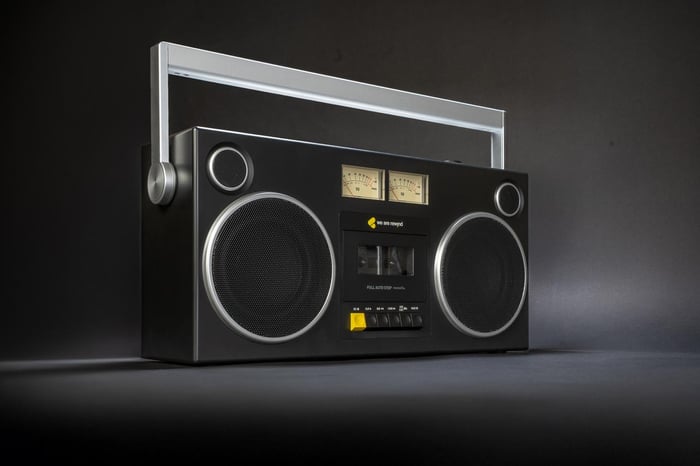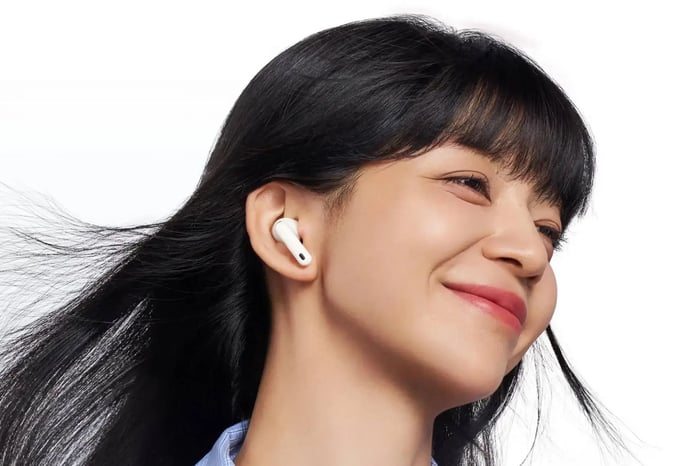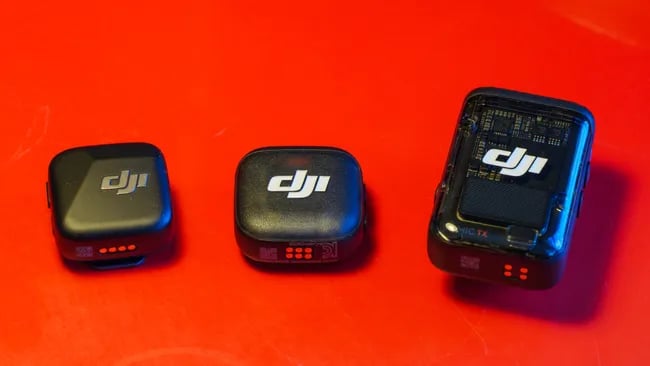
DJI Mic 3 Review: The Best of Both Worlds in Wireless Microphones
DJI Mic 3 Review: The Best of Both Worlds in Wireless Microphones
Explore why DJI Mic 3 stands out as a premium wireless microphone combining innovation with user-friendly features.
A New Era for Wireless Audio Gear
When the DJI Mic 2 wireless microphone burst onto the scene just 18 months ago, it quickly became the darling of content creators who craved reliable, high-quality wireless audio. So when DJI announced the Mic 3, I wondered if a new model was even necessary. But the moment I unboxed the DJI Mic 3 wireless microphone, it was clear that this wasn’t just a refresh — it was a thoughtful leap forward.
The new transmitter (TX) is notably smaller and lighter, making it a joy to clip onto your clothes without feeling bulky or cumbersome. And as someone who’s battled with the Mic 2’s limitations — especially the fiddly, fluffy windshields that never fit inside the charging case — I breathed a sigh of relief. The Mic 3’s redesigned charging case now comfortably holds not only two transmitters and a receiver (RX) but also all the accessories: windshields, clips, magnets, and even a 3.5mm cable. This upgrade alone feels like DJI heard the frustrations of outdoor recordists loud and clear.
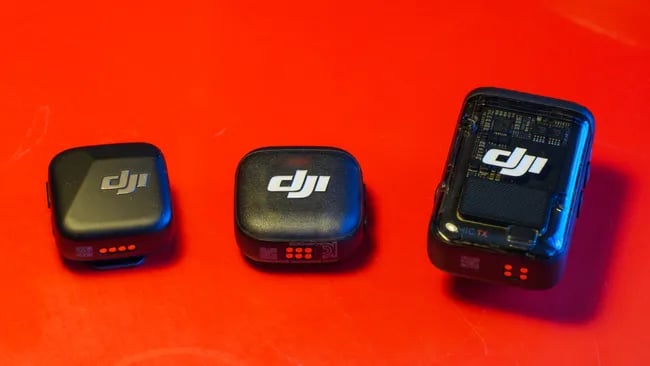
Sound Quality and Smart Features That Impress
But the improvements don’t stop at design. DJI has upped its game with dual-level active noise cancellation, offering creators more control over ambient sound suppression. The Mic 3 transmits lossless 24-bit audio from transmitter to receiver, which means crystal-clear sound without compromise. Plus, there are three fresh vocal presets that instantly add character and warmth to your recordings—perfect for podcasters or vloggers who want to sound their best with minimal fuss.
One standout innovation is the dual-mode adaptive gain control. The automatic mode prevents audio clipping during sudden loud noises—think traffic roaring past on a city walk—while the dynamic mode is tailored for two-person recordings in controlled environments, like studios. This kind of versatility is a dream for anyone juggling on-the-go and studio work.
Bigger Range, Longer Playtime, and More Storage
DJI has also extended the wireless transmission range from 250 meters to an impressive 400 meters, freeing you from close-range constraints. Battery life is another area where the Mic 3 shines: 10 hours per transmitter and 8 hours per receiver, with a total of up to 28 hours when fully charged in the case. It’s not quite the 48-hour marathon of the Mic Mini wireless microphone, but definitely a substantial boost over the Mic 2’s 18-hour system.
Storage quadruples as well—from 8GB on the Mic 2 transmitters to a hefty 32GB on the Mic 3, allowing for independent high-quality recording without relying solely on the receiver.
The only minor concessions are the removal of the 3.5mm input for a separate lavalier mic on the transmitters and the loss of the Safety Track recording mode. But honestly, these small trade-offs seem reasonable given the upgrades.
DJI Mic 3: Pricing and Availability
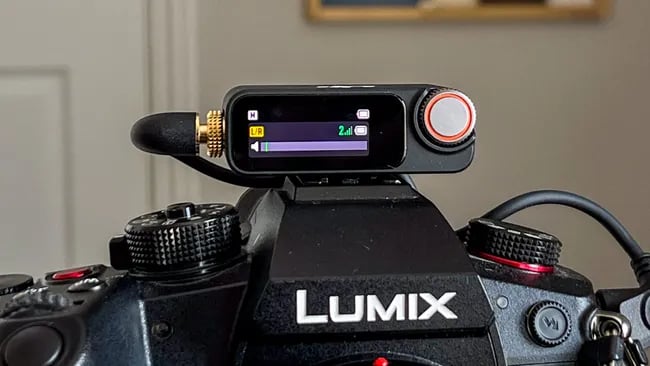
- Available now starting from roughly $460 USD.
- Components sold individually or bundled in sets.
Released on August 28, 2025, the Mic 3 comes in several configurations—from a full kit with two transmitters, one receiver, charging case, cables, magnets, and windshields, to simpler bundles of one transmitter and one receiver. You can also buy accessories separately, including Lightning adapters and color options for windshields, offering great flexibility for building your system over time.
Considering its premium features, the Mic 3’s pricing feels balanced and justified, especially with DJI’s smart move to allow users to grow their setups gradually.
Specifications at a Glance
| Feature | Details |
| Dimensions | 28.8 x 28.3 x 16.4 mm (TX with magnet) |
| Weight | 16 g (TX with magnet) |
| Wireless Range | 400 meters |
| Connectivity | Receiver: USB-C / Lightning / 3.5mm jack |
| Bluetooth | Yes |
| Battery Life | 10h (transmitter), 8h (receiver), up to 28h with case |
| Noise Cancellation | Dual-level active |
Design: Compact, Magnetic, and Intuitive
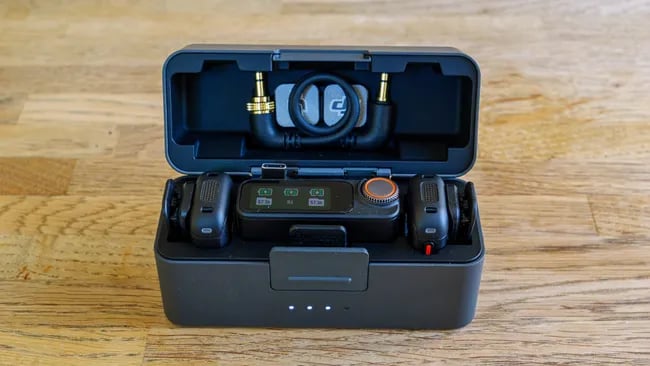
- The reduced size and weight of the transmitters make them easy to wear for long shoots.
- The magnets integrated into the TX let you secure the mic to metal surfaces without any hassle.
- You can swivel the transmitter in its clip to point the mic grille toward the sound source—an elegant touch that shows DJI’s attention to detail.
The receiver (RX) remains familiar, featuring a bright 2.8 cm touchscreen AMOLED display and a clickable rotary dial that makes menu navigation a breeze. The 3.5mm output is now screw-locked for added security, and adapters for USB-C or Lightning let you connect virtually any modern device.
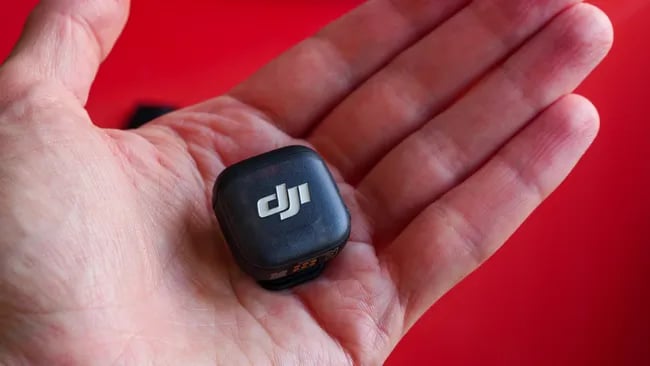
The charging case, while smaller than the Mic 2’s, is far more efficient with space. Everything fits snugly—the mics, receiver, windshields, clips, magnets, and even the TRS 3.5mm cable, stored right in the lid. Larger kits also include extra windshields in different shades and a zippered fabric pouch for keeping your gear safe on the move.
Performance: Clear Audio with Adaptive Noise Control
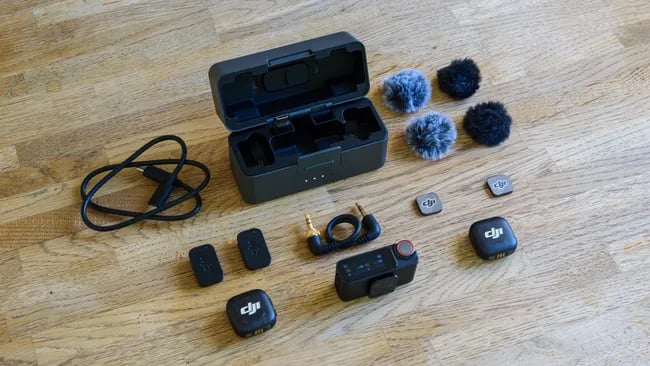
- Built on the same strong foundation as the Mic 2, the Mic 3 delivers 32-bit floating-point recording, preserving every nuance without clipping—essential for creators seeking flawless audio.
- The standard 24-bit mode with adjustable gain works perfectly for everyday shoots.
- Compatible with a wide range of devices, connecting to cameras, computers, tablets, and smartphones via USB or 3.5mm, with optional Lightning adapters.
- Direct Bluetooth connection from the transmitter to recording devices adds convenience.
- Seamless integration with DJI’s OsmoAudio ecosystem supporting 24-bit and 32-bit floating-point audio.
I tested it with the Panasonic Lumix GH6 mirrorless camera, DJI Osmo Action 5 Pro action camera, and DJI Osmo 360 camera, along with a MacBook Air laptop and an iPhone 13 smartphone. The sound quality was a noticeable upgrade over their built-in microphones. Adjustments like gain can be made directly through the camera menus, which is super convenient.
The noise reduction system strikes a fine balance—effective at cutting background hum and wind without muffling voices. You can hear this for yourself in DJI’s demo videos, which showcase the new voice tone presets and overall sound clarity.
Lastly, the 32GB memory in each transmitter means they double as standalone recorders—perfect for backup or discreet audio capture.
Alternatives and Comparisons to Consider
- Saramonic Ultra: Once a top contender as a cost-effective alternative with 32-bit floating-point support and flexible connections. However, the Mic 3’s price competitiveness makes the Ultra less appealing now.
- Mic Mini wireless microphone: The budget-friendly sibling to the Mic 3, offering excellent 24-bit sound and phenomenal battery life. A great choice if you want quality wireless audio without stretching the wallet.
How I Tested the DJI Mic 3
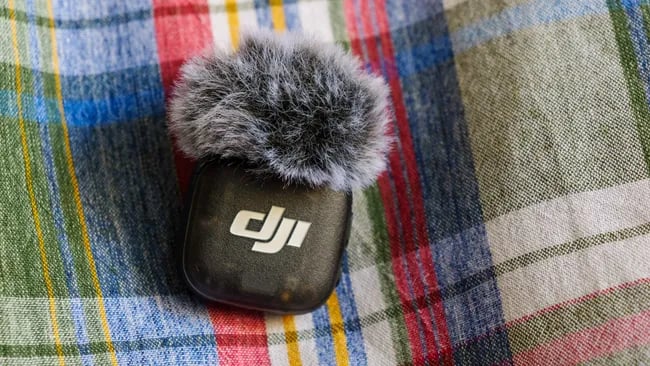
- Weeks of hands-on use in varied locations.
- Connected to Panasonic Lumix GH6 mirrorless camera, DJI Osmo Action 5 Pro action camera, DJI Osmo 360 camera, MacBook Air laptop, and iPhone 13 smartphone.
- Firmware version tested: 01.01.02.10.
DJI kindly provided an early review unit months before launch, giving me time to push its limits across different environments and devices. The latest firmware update was installed before testing, though DJI often rolls out tweaks closer to launch, so your experience might evolve.
“The new charging case solves one of my biggest frustrations with the Mic 2 — finally, all the accessories fit neatly inside!”
Content Creator & Mic 3 Tester
FAQ
- What is the main upgrade from DJI Mic 2 to Mic 3?
The Mic 3 offers a more compact transmitter, an improved charging case that fits accessories, dual-level noise cancellation, longer battery life, and expanded storage. - Can DJI Mic 3 connect to smartphones?
Yes, the receiver supports USB-C and Lightning connections, and Bluetooth connectivity lets the transmitter connect directly to recording devices. - Is the Mic 3 suitable for outdoor recording?
Absolutely. With adaptive gain control and better wind protection storage, it handles unpredictable outdoor environments well. - Does the Mic 3 support multi-person recording?
DJI claims it can manage group recordings with up to 4 transmitters and 8 receivers, making it ideal for larger setups. - How long does the battery last on a full charge with the case?
Up to 28 hours total, with 10 hours per transmitter and 8 hours per receiver on a single charge.
Ready to upgrade your audio game? Shop your favorite album cover poster at our store for a stylish studio vibe: Architeg Prints
 | DISCOUNTGET 30% OFF*Use code on your next order:
|
* This post may contain affiliate links, meaning we earn a commission if you make a purchase through these links, at no additional cost to you.






